In the world of hockey, physiotherapy has become an essential part of performance enhancement and injury prevention. Hockey, being a dynamic and demanding sport, often requires intensive training and competitive efforts, which can lead to specific injuries. In this article, we discuss the most common injuries in hockey. The role of physiotherapy in the recovery process, and the preventive measures players can take to avoid injury.
Common injuries in hockey
In hockey, injuries to the ankles, knees, shoulders, and back are common. Ankles are often affected by twists and strains, while knees suffer from excessive pressure and abrupt twisting movements. Shoulder injuries are prevalent due to the repeated motions of hitting and pushing the ball. While the back often suffers from poor posture during the game.
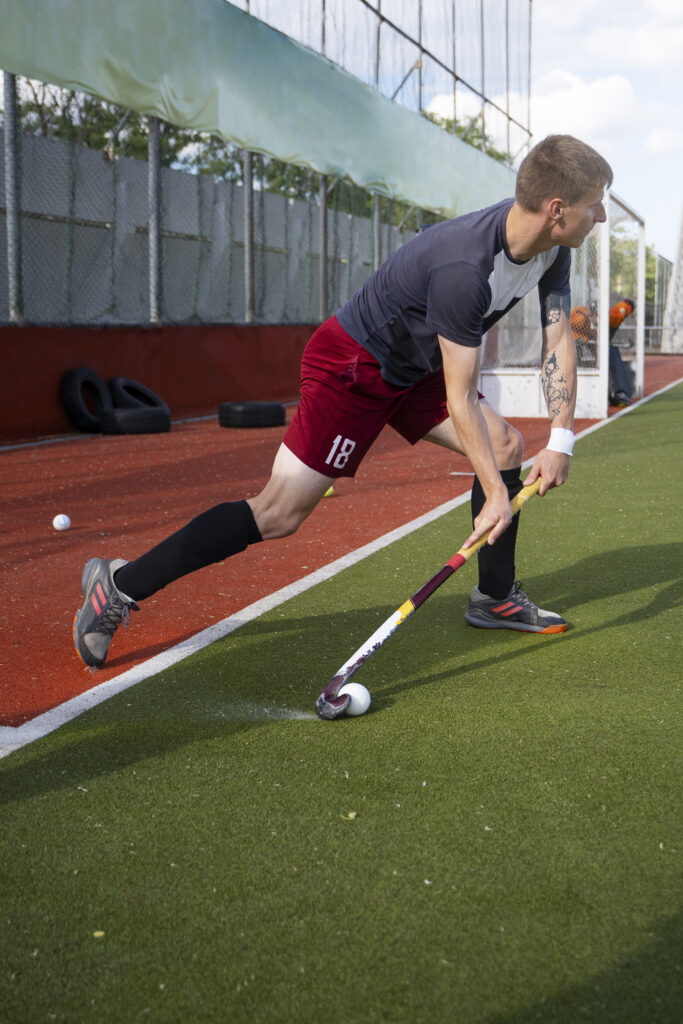
Role of physiotherapy in the recovery process
Physiotherapy plays a crucial role in the recovery process of hockey injuries. Through a combination of targeted exercises, manual therapy, and advanced techniques, a physiotherapist can restore mobility, build muscle strength, and improve flexibility. Additionally, physiotherapy provides guidance in adjusting training and preventing further damage.
Preventive measures
Taking preventive measures is essential to avoid injuries in hockey. Some effective measures include:
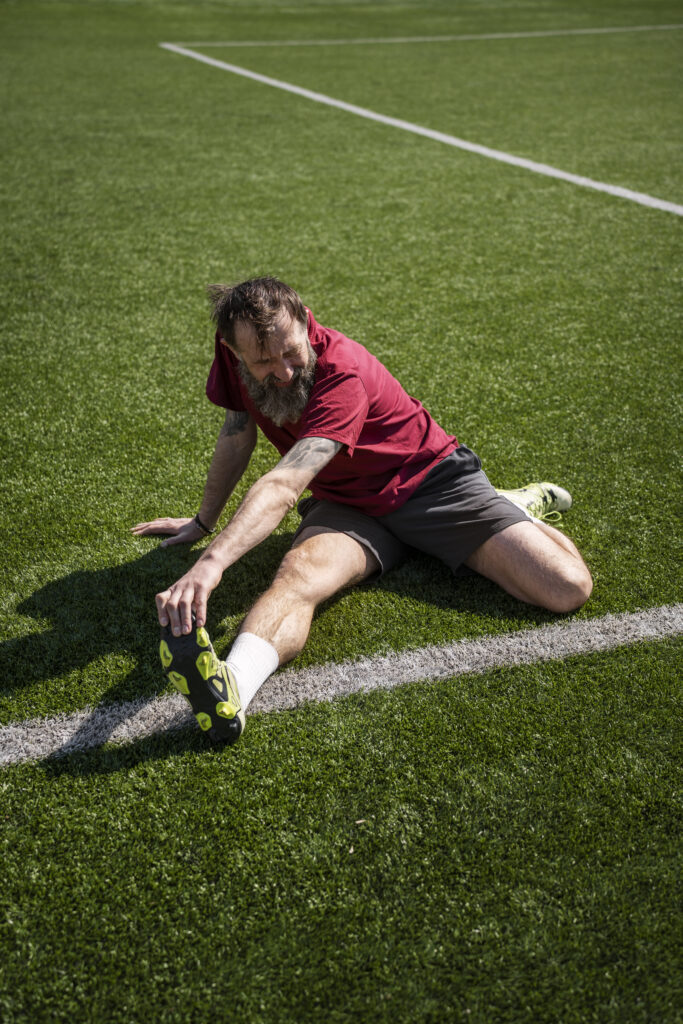
- Thorough warm-up and cool-down sessions to warm up and cool down the muscles.
- Wearing the appropriate protective gear, such as ankle braces, knee pads, and shoulder protectors.
- Developing a balanced training routine that includes both strength and flexibility exercises.
- Learning the proper technique and maintaining good posture while playing.
- Regular check-ups and consultations with a physiotherapist to recognize and address any early signs of injury.
Future of physiotherapy in the world of hockey
With ongoing advancements in the medical sector and growing awareness of the importance of physical health. The role of physiotherapy in the world of hockey is expected to continue growing. By integrating advanced technologies and developing customized training programs. Physiotherapy will become an integral part of the overall training regimen for every hockey professional.
Specific physiotherapeutic interventions for hockey injuries
Various physiotherapeutic interventions can be applied for each type of injury. For instance, in the case of ankle sprains, the RICE protocol (rest, ice, compression, elevation) can be combined with specific mobilization and stabilization exercises. Similarly, for shoulder injuries, a combination of manual therapy and exercise therapy can aid in restoring mobility and strength.
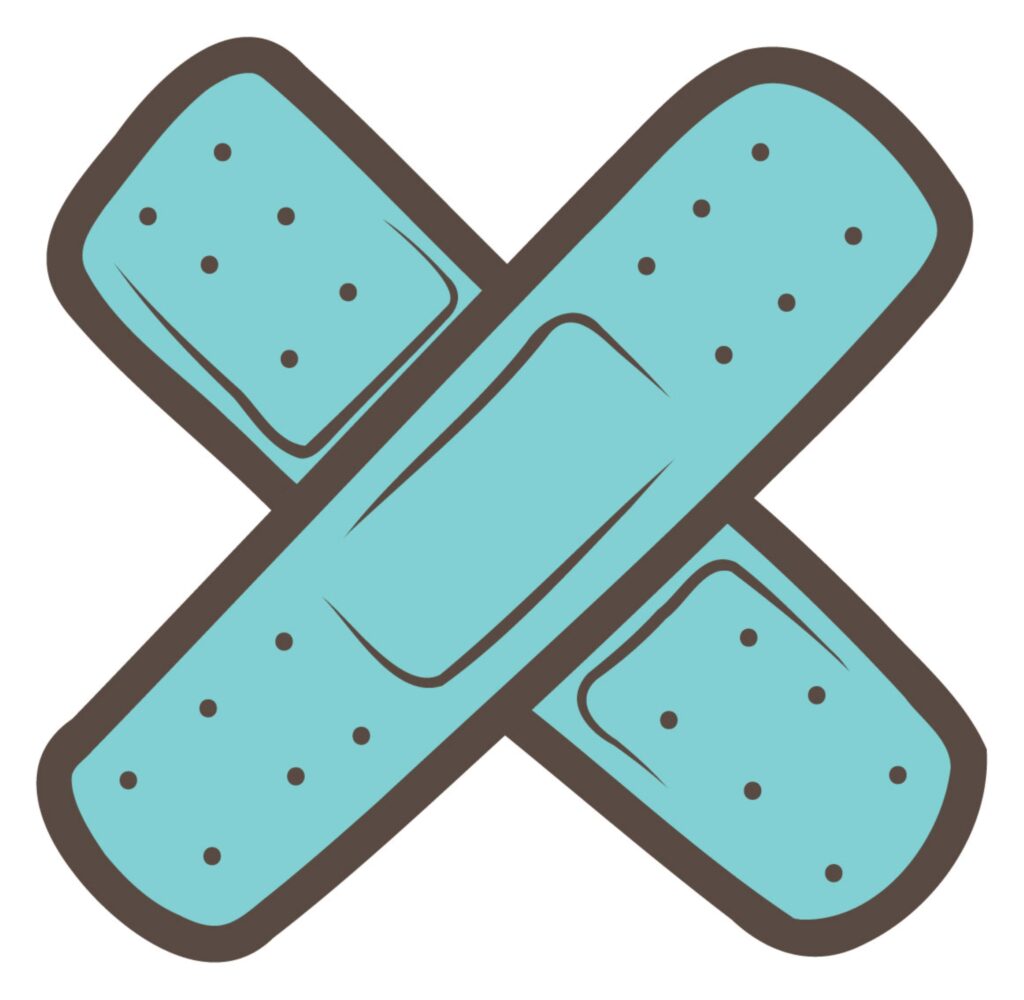
Prevention of repeated injuries
Physiotherapists focus not only on treating acute injuries but also on preventing repeated injuries. They work with players to improve their posture and technique, adjust their training regimen, and provide them with tailored exercise programs that increase muscle strength, flexibility, and stability.
Recovery strategies and rehabilitation
Effective recovery strategies include not only physiotherapeutic treatment but also rest, proper nutrition, and gradual training progression. Physiotherapists work with players to create a customized rehabilitation program focused on gradually regaining strength and endurance while preventing further complications.
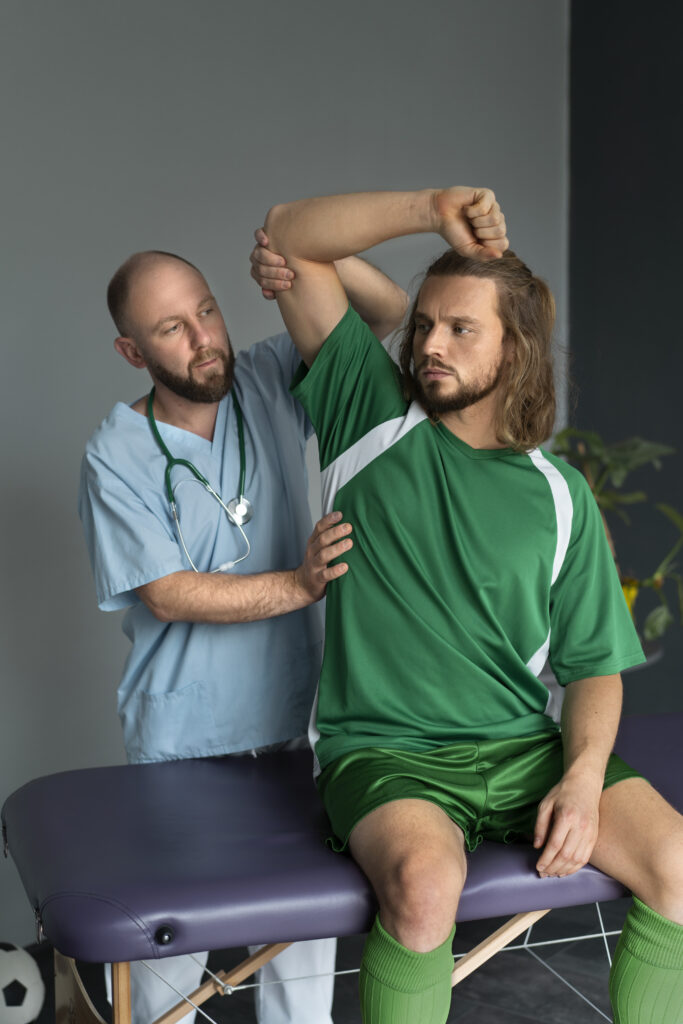
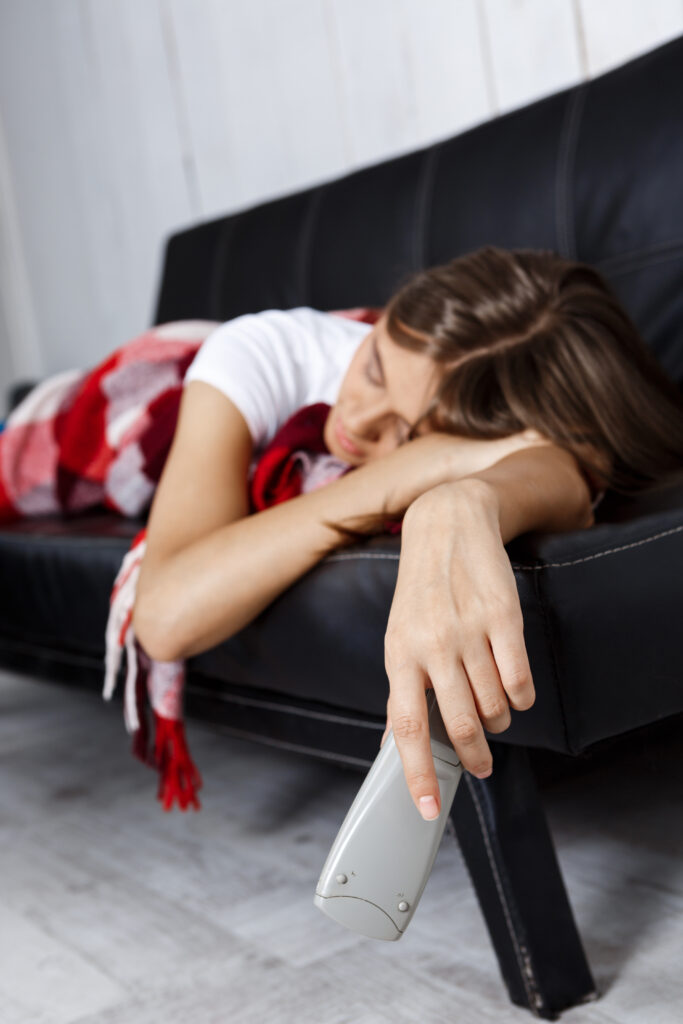
The role of sports psychology in recovery
In addition to the physical aspects of recovery, sports psychology also plays a significant role in the recovery of hockey injuries. Physiotherapists can assist players in dealing with the psychological impacts of injuries, such as the fear of re-injury and the loss of confidence. They provide guidance and support to help players become mentally resilient and return to the game with increased confidence.
How to choose the right physiotherapist
When selecting a physiotherapist for hockey injuries, it is important to look for professionals with experience in treating sports-related injuries. Preferably with knowledge of specific hockey injuries. Look for physiotherapists who take a holistic approach and focus on both the physical and mental aspects of the recovery process.

In the world of hockey, physiotherapy has proven to be invaluable. In addition to injury recovery and preventing further damage, it also plays a crucial role in supporting players’ mental resilience. With continued advancements in the medical field and growing awareness of physical health, the role of physiotherapy in hockey will only continue to grow. Through innovative approaches and personalized care. Physiotherapists remain valuable allies for players at every level, helping them perform at their best both physically and mentally. Their dedication contributes to the ongoing growth and flourishing of this beloved sport.
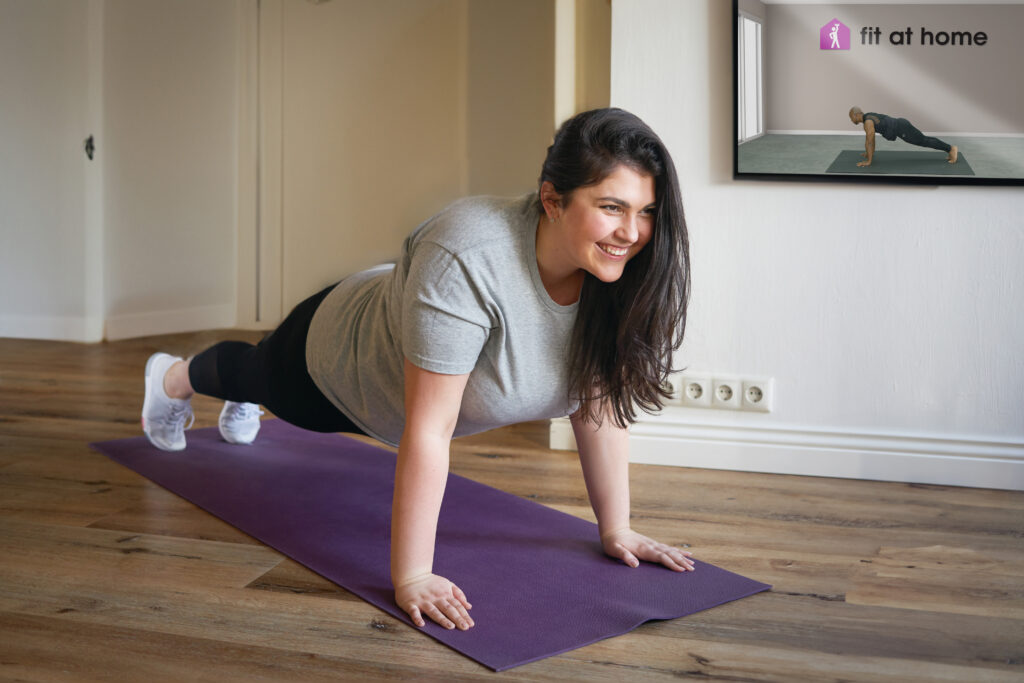
Fit at Home is your NUMBER ONE fitness app! Turn your living room into your own gym with over 1.000 workouts for the whole family. This transforms your TV into your own yoga studio, fitness club, or meditation space. Fit at Home is available on-demand 24/7 for exercising wherever and whenever you want with just one click on the remote control.
With Fit at Home you can achieve your fitness goals. Whether you want to lose weight, improve your strength, work on you coordination & balance with Pilates, let your kids exercise more often etc. It is all possible with Fit at Home!